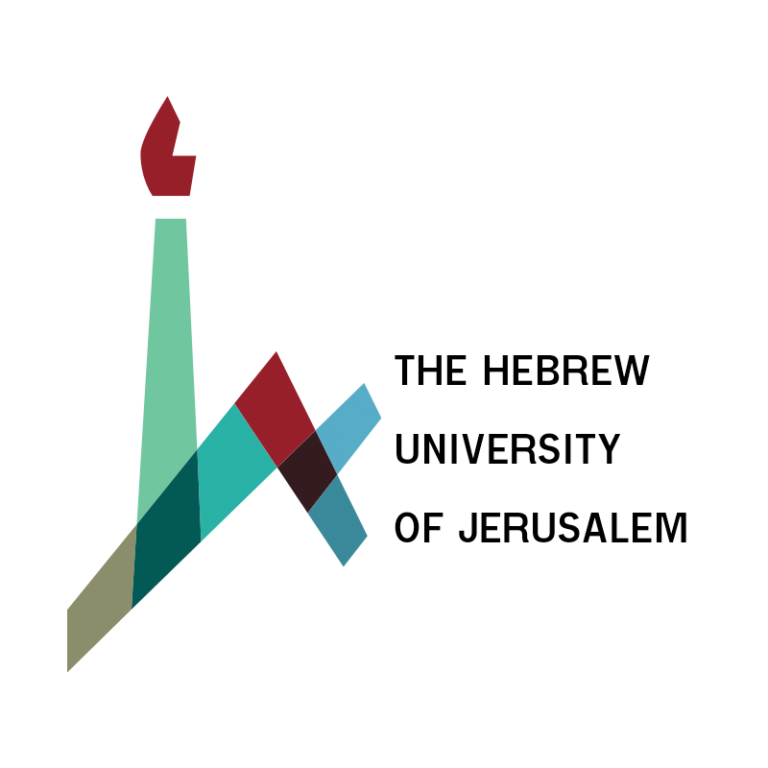The Hebrew University of Jerusalem (HUJI) is the leading university in Israel, and it is ranked among the best 100 universities worldwide. It stresses excellence and offers a wide array of research and study opportunities in various disciplines. The Department of Communication and Journalism is part of the Faculty of Social Science, the largest faculty of the Hebrew University with a total of 3,600 students and ranked among the world’s 100 leading faculties of social science. The department was ranked 37th place in communication studies and is the leading department of its kind in Israel. It offers a vivid research environment with productive intersections of excellent expertise in crucial fields related to the VHH project including visual culture studies, media studies, cinema studies and online media research. Besides the Department of Communication and Journalism the project is linked with the European Forum at the Hebrew University, a unique network of research centers related to different European countries, among them the DAAD Center for German Studies and the Center for Austrian Studies.
Role in the Project
With the phase of its implementation, Tobias-Ebbrecht Hartmann and his team at the Hebrew University took the lead in the work package dealing with the overall curatorial concept developed in the project. He and his team are also responsible for the task of the curation and advanced digitization of popular culture content including graphic novels, computer games, visual artworks and media art installations.
At the Hebrew University of Jerusalem VHH relates to interdisciplinary research networks in the field of visual history that result from the work of the research group “German Postwar Visual History in a European Framework” headed by Tobias Ebbrecht-Hartmann and funded by the DAAD Center for German Studies from 2015 to 2017, which organized workshops, lectures and scientific meetings dealing with questions of visual appropriation, migration of images, audio-visual heritage and visual historiography. The VHH project is embedded in a larger research focus on Digital Visual History that also includes the current research group “Commemorating the Holocaust in the Digital Age: Immersion, Augmentation, Virtual Reality” headed by Tobias Ebbrecht-Hartmann and funded by the DAAD Center for German Studies.
The Department of Communication and Journalism and the European Forum regularly also offer courses on “Global Holocaust Memory, Popular Cinema and the Digital Age”, “Memory Cultures in Germany and Europe” as well as “Digital Memory Cultures”, which are integrated in the research, development and testing of VHH content. Especially the workshop course “Producing Videoclips with Cinematic- Archival and Visual-Digital Materials” provide a forum for developing and testing elements of the project’s work.
Team Members
Tobias Ebbrecht-Hartmann
Work Package Leader, member of the Management Board, HUJI team leader, researcher (curatorial concept, curation of popular culture content: films)
The Hebrew University of Jerusalem
Lital Henig
Researcher (curation of popular culture content: graphic novels & films)
The Hebrew University of Jerusalem
Talia Litvinov
Researcher (curation of popular culture content: literature & scanning) (until October 2020)
The Hebrew University of Jerusalem
Noga Stiassny
Researcher (curation of popular culture content: art)
The Hebrew University of Jerusalem
Article Author
Commemorating from a distance: the digital transformation of Holocaust memory in times of COVID-19Tobias Ebbrecht-Hartmann, Commemorating from a distance: the digital transformation of Holocaust memory in times of COVID-19, in: Media, Culture & Society (December 2020), 1-18. |
Erweiterte Orte: Überlegungen zur virtuellen Transformation von GedenkstättenTobias Ebbrecht-Hartmann, Erweiterte Orte: Überlegungen zur virtuellen Transformation von Gedenkstätten, in: Medaon – Magazin für jüdisches Leben in Forschung und Bildung, vol. 15, no. 28 (2021), 1-5. |
Digital Digging: Traces, Gazes, and the Archival In-BetweenEvelyn Kreutzer, Noga Stiassny: Digital Digging: Traces, Gazes, and the Archival In-Between, in: Research in Film and History. Audiovisual Traces, no. 4 (February 2022), S. 1–13. |
The Auschwitz Tattoo in Visual MemoryTobias Ebbrecht-Hartmann, Noga Stiassny, Fabian Schmidt: The Auschwitz Tattoo in Visual Memory. Mapping Multilayered Relations of a Migrating Image, in: Research in Film and History. Video Essays (November 2022), https://film-history.org/node/1129 |
Digital Visual History: Historiographic Curation Using Digital TechnologiesTobias Ebbrecht-Hartmann, Noga Stiassny, Lital Henig: Digital Visual History: Historiographic Curation Using Digital Technologies, in: Rethinking History, vol. 27, no. 2 (March 2023), 159–186. |
A Visual History of the Holocaust: Project OverviewNoga Stiassny, Lital Henig: Visual History of the Holocaust: Rethinking Curation in the Digital Age (Project Overview in Hebrew), in: Slil – Online Journal for History, Film and Television, vol. 15 (Winter 2022). |
The Impossibility of Simply Moving On: Essay On the Hamas Attack and the Atrocity Images It GeneratedDeborah Hartmann, Tobias Ebbrech-Hartmann: The Impossibility of Simply Moving On: Essay On the Hamas Attack and the Atrocity Images It Generated (November 24, 2023). This essay has first been published in German in taz, November 11, 2023 (https://taz.de/Essay-zum-Angriff-der-Hamas/!5967960/). Translation by Jill Kreuer, Vienna. |
Curating is Believing: Digital Art Exhibition and Holocaust MemoryNoga Stiassny: Curating is Believing: Digital Art Exhibition and Holocaust Memory, in: Jewish Film & New Media: An International Journal, vol. 10, no. 2 (Fall 2022), 258-272. |
Playful Images: Visual Holocaust Memory, Digital Media, and the Visual Walkthrough MethodLital Henig, Shir Ventura, Tobias Ebbrecht-Hartmann: Playful images: Visual Holocaust memory, digital media, and the visual walkthrough method, in: Memory, Mind & Media, vol. 3 (September 2024). |
Virtual Topographies of Memory: Liberation Films as Mobile Models of Atrocity SitesTobias Ebbrecht-Hartmann, Fabian Schmidt, Virtual Topographies of Memory: Liberation Films as Mobile Models of Atrocity Sites, in: Lucie Česálková et al. (eds.), Non-Fiction Cinema in Postwar Europe: Visual Culture and the Reconstruction of Public Space. Amsterdam 2024, 399–424. |
A Travelling Archive. Tracing Soviet Liberation FootageFabian Schmidt, Tobias Ebbrecht-Hartmann, A Travelling Archive: Tracing Soviet Liberation Footage, in: Research in Film and History, no. 6 (February 2025) |

